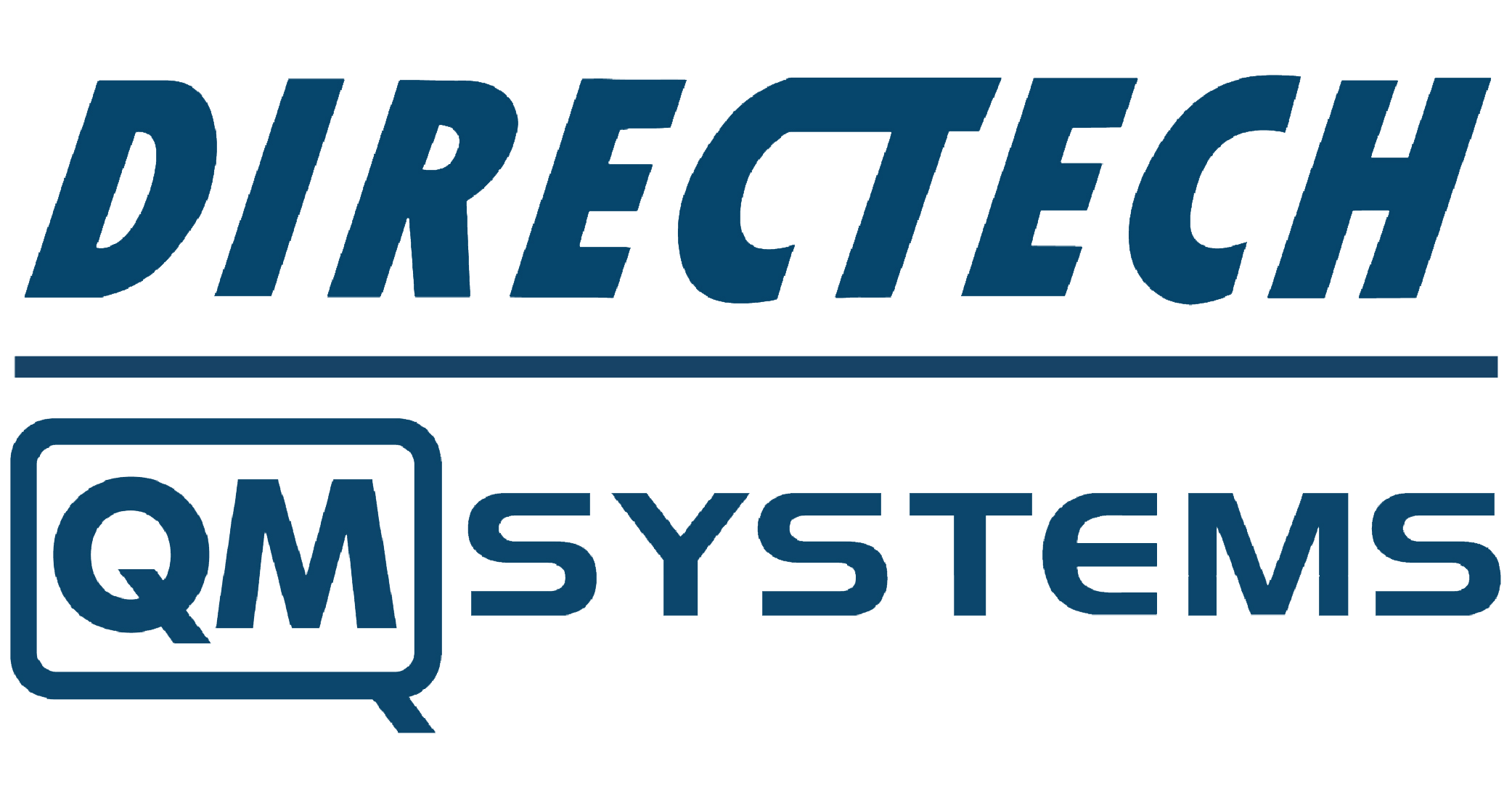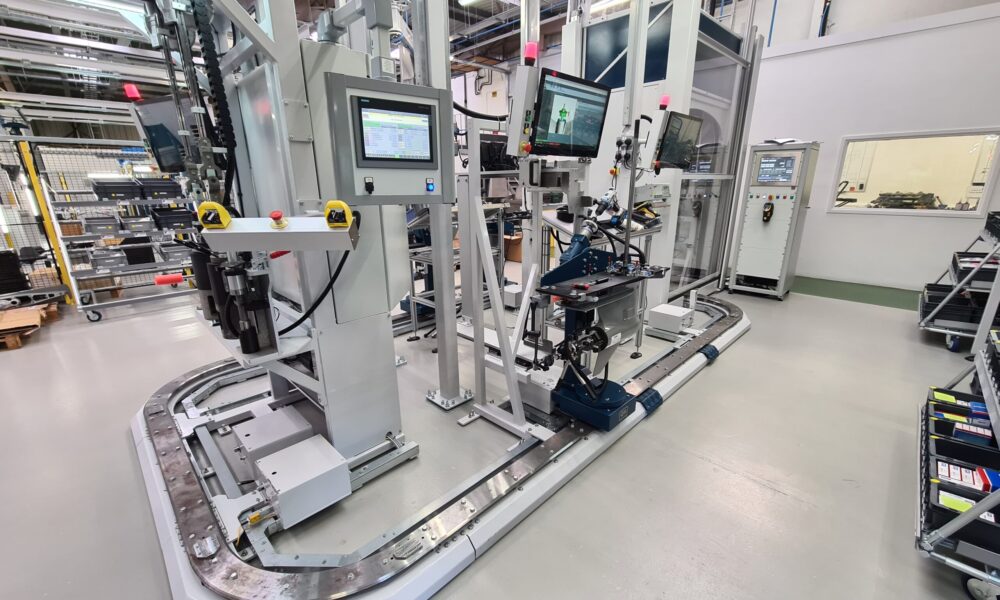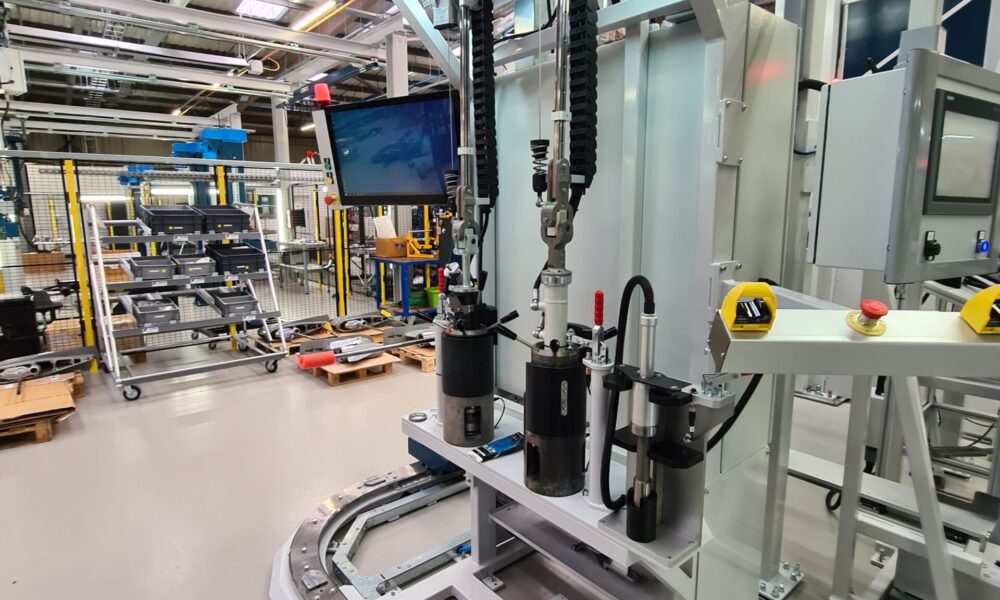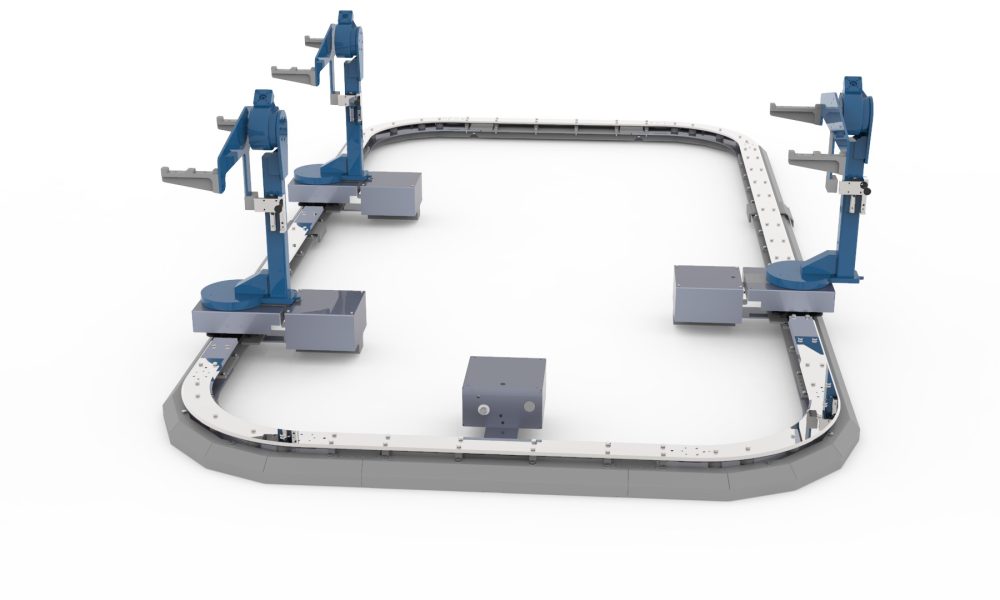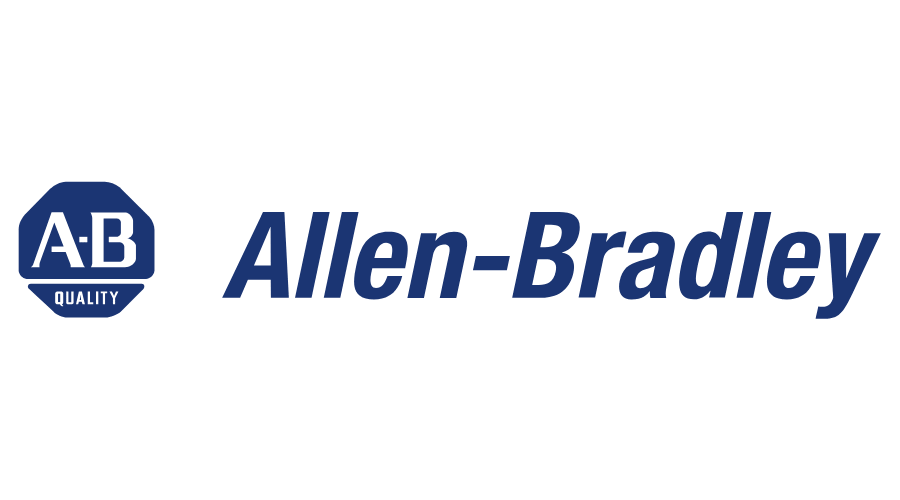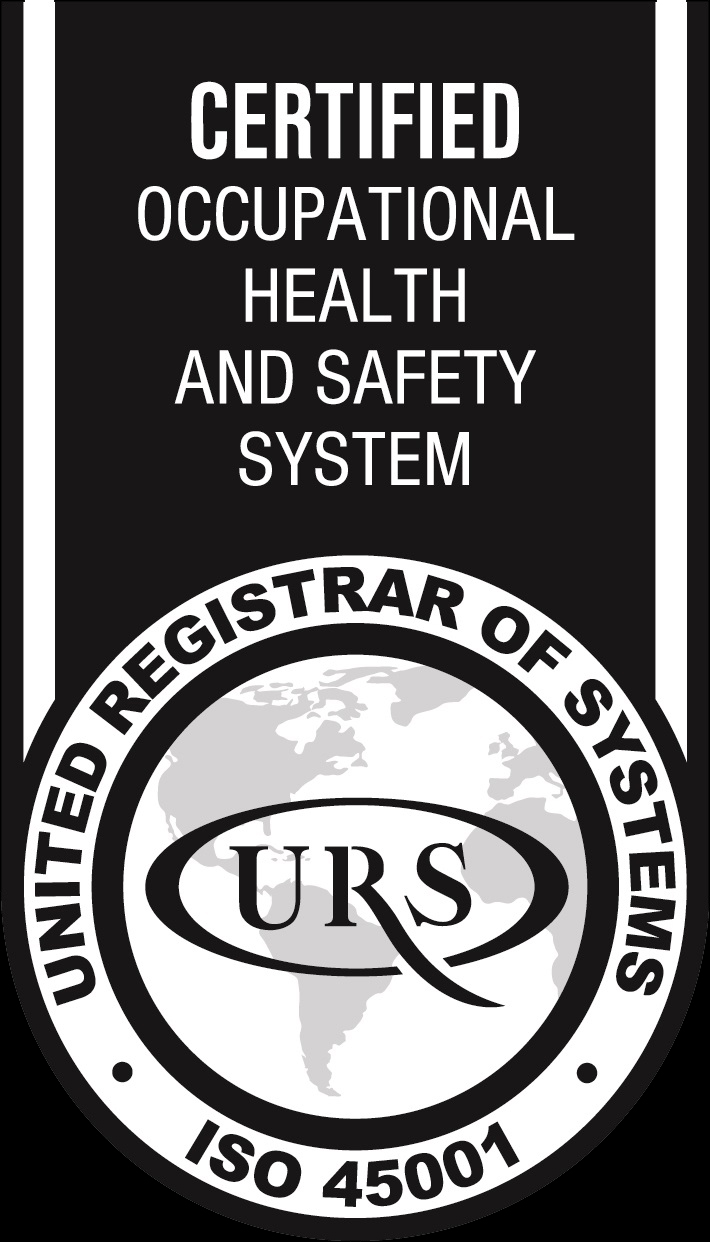When exploring automated systems for your process you may ask the question do I require fully or semi automation? With our experience we would be able to provide you with that answer, by understanding your process and other factors related to you decision to explore automation.
What are the differences?
Semi Automated systems can include help from an operator for manual processes such as loading or onloading the system or having a the requirement for manual checks at every station. Semi-automated systems benefit companies that require improvements in their manufacturing process however are unable to completely remove operator assistance. Other reasons include aspects of the assembly being too difficult to automate or volumes of production do not fully justify a fully automated system.
Fully automated systems require little to no human input at all, fully automated systems are typically implemented, when companies are looking to increase production volumes and have a process/assembly that can be easily automated. With increased production they may be looking at a long term investment rather than opting to hire more laborers to support the increased production.
